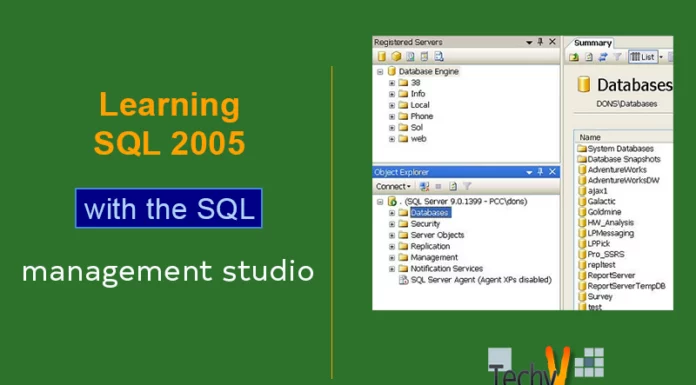Data Warehousing and its Functions and Applications

What is Data Warehousing?
All the data collected in various business systems of an enterprise are stored in a federated repository called Data Warehouse. The process in which the construction and utilizing Data Warehouse happens is known as Data Warehousing. It deals with both logical and physical data. Integration of collected data from various heterogeneous sources helps in the construction of Data Warehouse. Data Warehousing tools support ad hoc queries, analytical reporting, decision making, organizing and structuring of data. Data cleaning, data consolidations, and data integration are also involved in Data warehousing.
How to use information of Data Warehousing?
Utilizing the data stored in a Data Warehouse is organized by some decision support technologies. Efficient and quick use of warehouse can be done with the help of these technologies and makes the life of executives easier. Based on the data present in the Data Warehouse, analyzing, gathering, and decisions of data takes place. In any of the following domains or fields, the information gathered in Data Warehousing can be used:
- Tuning Production Strategies – Managing the product portfolios and repositioning of the products well tuned the product strategies. This is achieved by constant comparison of the sales yearly or quarterly.
- Operations Analysis – Data Warehousing designs can achieve environmental corrections and management of customer relationship. Analyzing of business operations is also allowed by the information.
- Customer Analysis – Customer satisfaction is important in any organization. So here, we make sure that we pay more attention to analyzing the customer’s buying time, buying preferences, budget cycles, etc.
Integration of Heterogeneous Databases:
We will see one of the approaches to integrate heterogeneous Databases.
- Update-Driven Approach
This is implemented as an alternative to the traditional approach of storing and organizing the data. Nowadays, this update-driven approach is highly recommended and followed by many data warehouse systems. Its process follows an integration of the data and storing it in a warehouse in advance. Here, integration includes gathering information from multiple heterogeneous sources. Direct analysis and querying can be done from the information available.
Advantages:
- Providing high performance is its main feature.
- The whole process of copying, integrating, processing, annotating, and summarizing of the data happens in advance. Then the data is restructured in a semantic data store.
- At local sources, there is no need of an interface for query processing to process the data.
Functions of Data Warehouse Tools and its Applications:
- Data Extraction – Gathering and integration of data from multiple heterogeneous resources is known as Data extraction.
- Refreshing – Updating of the data from data resources to warehouse is involved here.
- Data Cleaning – Finding and solving the errors in the data gathered is called Data cleaning.
- Data Loading – Involves sorting, building indices, summarizing, checking integrity, consolidating, and partitions.
- Data Transformation – From legacy format to warehouse format, the data is converted.


















